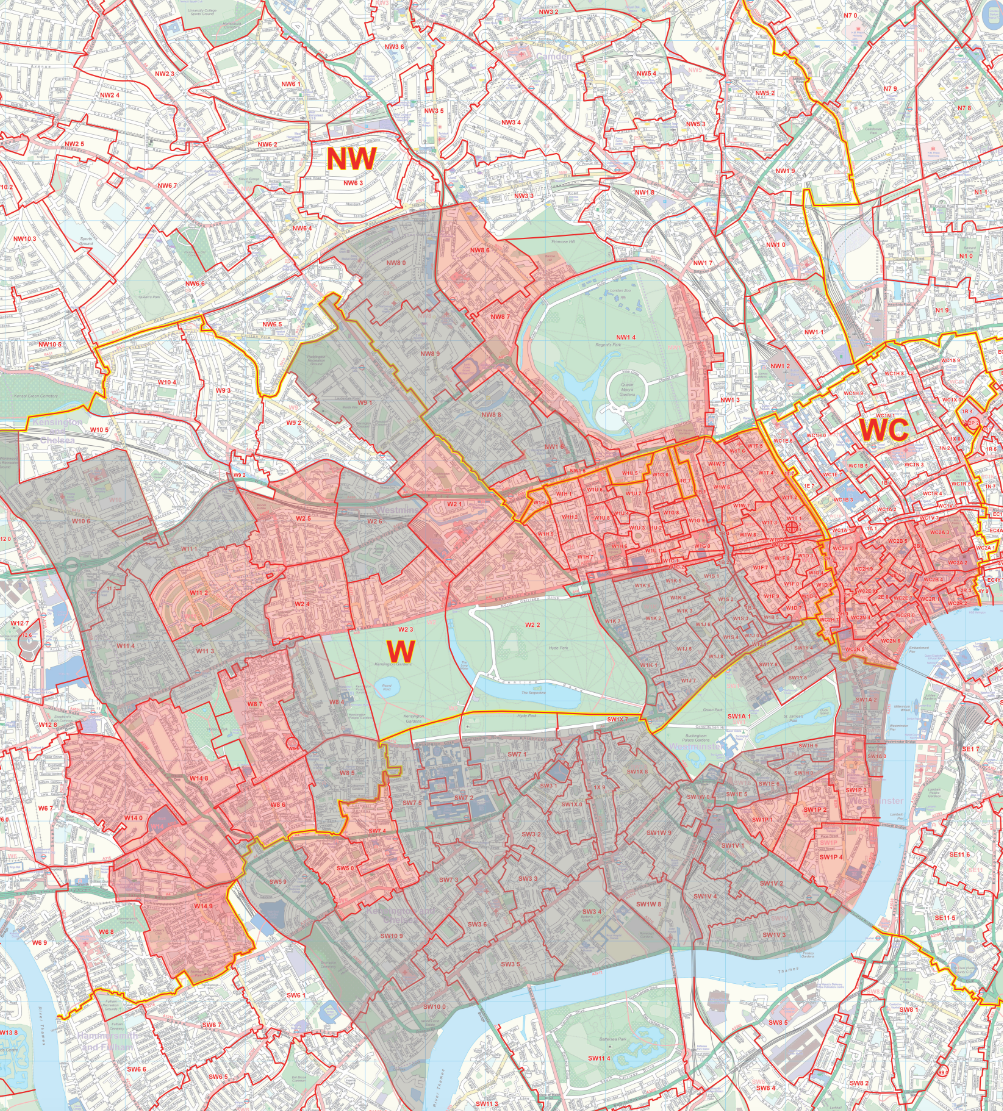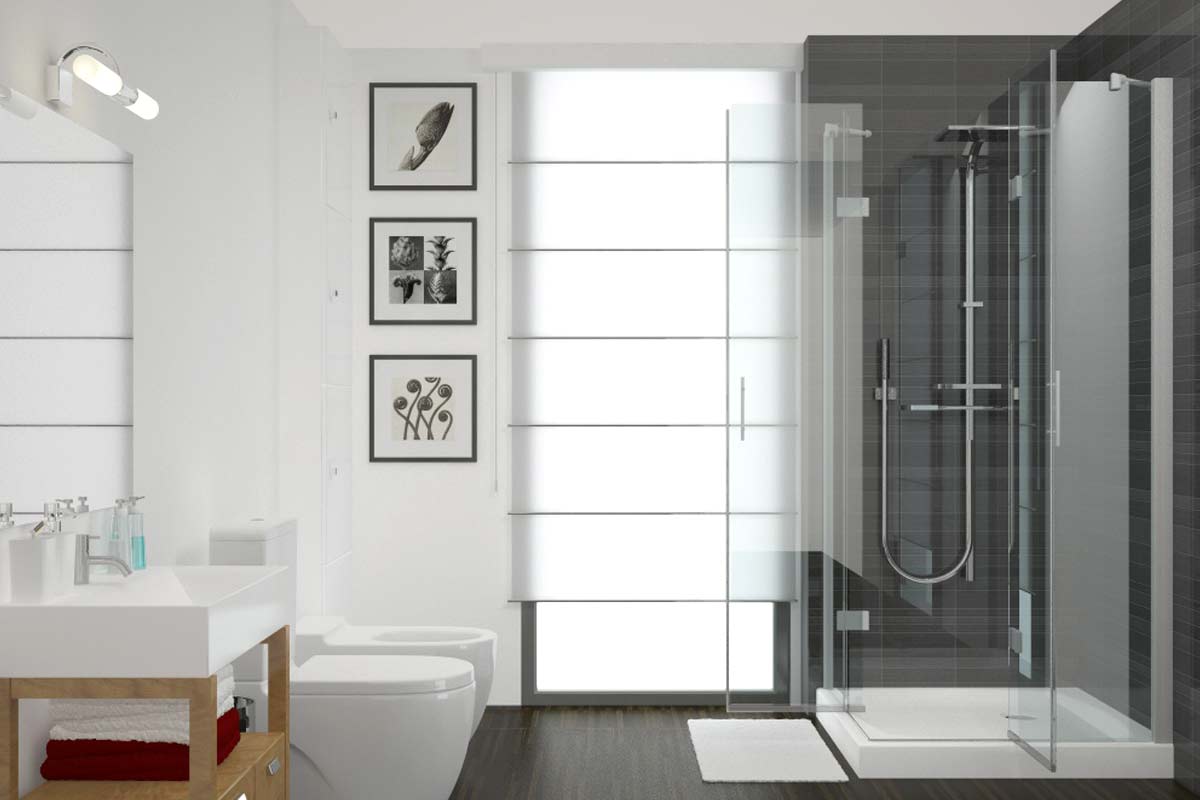Last Updated on: 23rd January 2024, 10:04 am
With increasing environmental awareness, the construction sector is progressively embracing sustainable and eco-friendly practices. Constructing a green home not only benefits the planet but also presents multiple advantages for homeowners.
This blog post will delve into the concept of green home construction and the sustainable, eco-friendly practices that can turn contemporary residences into environmentally conscientious sanctuaries.
Understanding Green Home Building
Green home construction, also referred to as sustainable or eco-friendly building, centres around mitigating a structure’s adverse environmental effects across its complete life cycle. This encompasses stages from design and construction to ongoing operation and eventual deconstruction. The primary emphasis lies on optimizing resource utilization, conserving energy, and incorporating eco-friendly materials.
Key Practices for Green Home Building
1. Energy-Efficient Design: Begin with a well-thought-out design that maximizes natural light and ventilation. Using professional builders in Sunshine Coast area, for example,will ensure you understand all your options and you can share knowledge to improve your home and possibly future builds too. Incorporate energy-efficient windows, insulation, and roofing materials to reduce the heating and cooling needs.
2. Solar Power: By mounting solar panels on your rooftop, you can tap into renewable solar energy. This sustainable power source has the potential to markedly diminish your dependence on conventional energy supplies, leading to reduced utility expenses and a smaller carbon footprint.
3. Energy-Efficient Appliances: Equip your home with energy-efficient appliances and lighting. Look for products that meet strict energy efficiency guidelines.
4. High-Quality Insulation: Allocate your resources toward premium insulation to avert heat loss in winter and maintain a cool interior during summer. Effective insulation diminishes the necessity for excessive heating and cooling, resulting in both energy and cost savings.
5. Rainwater Harvesting: Incorporate rainwater harvesting systems to gather and stock rainwater for landscaping and irrigation purposes. This practice alleviates the strain on municipal water sources and contributes to the conservation of valuable resources.
6. Recycled and Sustainable Materials: Choose construction materials that are recycled, salvaged, or sustainably sourced. Materials like bamboo flooring, reclaimed wood, and recycled glass countertops are eco-friendly alternatives.
7. Low-VOC Paints and Finishes: Use low-VOC (volatile organic compounds) or VOC-free paints and finishes to improve indoor air quality. These products emit fewer harmful chemicals, benefiting both your health and the environment.
8. Smart Home Technology: Incorporate smart home technology to optimize energy usage. Smart thermostats, lighting controls, and home automation systems can help reduce energy consumption and provide convenience.
9. Water-Efficient Fixtures: Install water-efficient fixtures like low-flow toilets and faucets to reduce water consumption. You can also add greywater systems to reuse wastewater for non-potable purposes.
10. Green Roofing: Give thought to the installation of a green roof or a cool roof system. These options effectively reflect sunlight and heat, mitigating the urban heat island effect and lowering the energy needed for cooling.
11. Landscaping: Opt for indigenous plant species when designing your landscape, as they demand less water and upkeep. Integrate drought-resistant landscaping techniques to further diminish water consumption.
Conclusion
Green home construction represents a forward-looking strategy in line with our shared responsibility for environmental stewardship. By integrating sustainable and eco-friendly methods into contemporary residences, homeowners can reap rewards such as reduced operational expenses, enhanced indoor air quality, and a minimized environmental impact.
The embrace of green building principles doesn’t just favour individual homeowners; it also advances a more sustainable and environmentally conscious future for everyone. Whether you’re revitalizing an existing home or embarking on a new build, it’s prudent to contemplate the manifold advantages that green home construction offers for your upcoming project.









